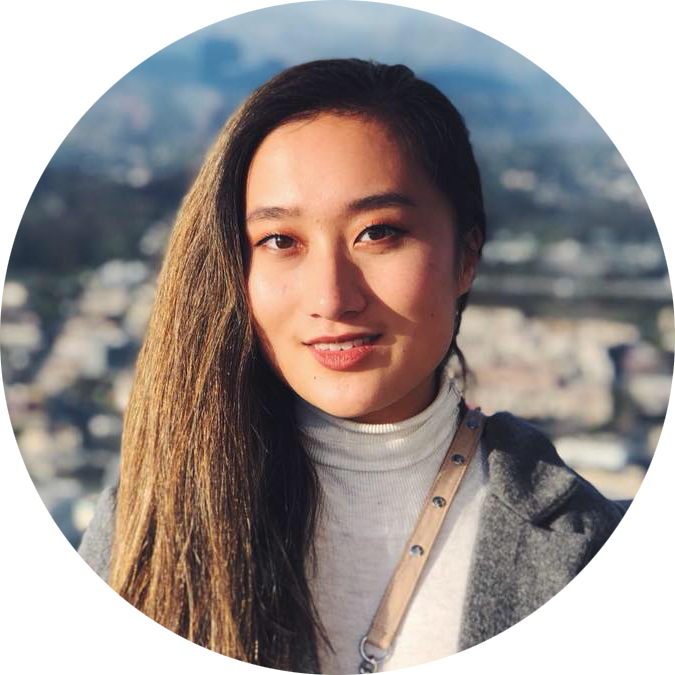Cultural Contrastive Learning
06 Nov 2025After a long hiatus from this blog, I’m writing about a three-week experiment I did to express a proof of concept methodology for finetuning multimodal embeddings to imitate a human’s engram when one has access to social media platforms, building on ideas from contrastive learning, multimodal foundation models, philosophy, and media theory. The full text can be found here
Modality gap in representation learning is a well-studied problem. While many have definitions of it in measurable benchmarks, most conceptualiza- tions and solutions of the problem focus on style and lower-order concrete semantics. We elucidate a new perspective and class of problems in the space of multimodal representation learning, especially as it pertains to personalization, provide a proof of concept of finetuning a representation space for this problem, and discuss its applications in various generative AI pipelines.
Qualia refers to the subjective, qualitative, and felt experiences of an individual’s conscious experience. Examples include the feeling of pain, the taste of coffee, or the color red as a you, the individual, per- ceive it. Qualia is conditional on an individual’s neural achitecture, so to speak, and the experiences they collect through their life, the particular environments they are embedded in (in the sense of other agents being part of an environment, in the sense of the Sapir Whorf Hypothesis, in the sense of Wittgenstein , and so on. (The Sapir-Whorf hypothesis suggests that language influences thought. This connects to Wittgenstein’s con- cept of language games, where meaning emerges from use within specific contexts.)
In culture (so qualia of a collective group of individuals), such as literature and art, qualia can be described formally as synaesthesia (sensor crossover between modalities), aesthetic affinity (a form of emotional kinship), or semiotics (shared symbolic languages). Other informal words for this might be resonance, evocation, zeitgeist convergence (shared cultural moment expression).
The concept of a modality gap was first introduced in Mind the Gap (Liang et al, 2022) which posits that geometric inductive bias introduced in multimodal embeddings in which uni- modal domains are tokenized and embedded separately creates a modality gap on image and image caption distributions.
A searchable continuous latent space which solves the modality gap lends itself to a multimodal embedding as well as a latent space for user-conditional multimodal generation. We believe that this is an approximation to understanding the phenomenal binding prob- lem, which is about how objects, background objects, as well as abstract and affective features are integrated into a unified experience for an individual.
A motivating application of customizing a CLIP-like latent space is its use in custom text-conditional diffusion pipelines. A custom latent space approach could be complementary to fine-tuning diffusion weights, which focuses more on direct style-transfer like results rather than semantic understand- ing.
Thus far, the representational learning research community has focused on multimodal distributions of (text, image) pairs which are relatively straightforward in their translation. For example, The Mind the Gap paper evaluates models for their geometric gap on the COCO dataset, which contains photos of generic ob- jects (in the same sense that pre-trained DALL- E1 on image, text pairs for which the text appeared in Wikipedia \(> 100\) times), Voyage, evaluates mixed modality search on the distribution (text, image of text), i.e. that the string “Hello world” retrieves an image of “Hello world” rather than string such as “Cat.”
While these evaluations form a baseline of multimodal repre- sentation gap, they still represent relatively simple cross domain transformations. For example, the transformation from image to image caption focuses on the object level, which most if not almost all observers of the image would agree on. And the transformation from text to image of text is as simple as save a pdf with “text” in it. In some sense, it means that these joint distributions have higher mutual information and are easier to learn than an individual’s sensory space.
An individual’s sensory space, on the other hand, is shaped by their histories, experiences, unique biology. Digitally, it is traceable, for example, through a user’s hypertextual space, intentional navigation through the web, manual linking, et cetera. When we learn a custom user adapter downstream of a pre- trained baseline multimodal embeddings model, we are in, some sense, learning this transformation.
The dataset we explore with is a second-degree scrape of a test user’s text-based and image-based semantic space. This is chosen as a joint distribution which is representative of the test user’s qualia (perhaps, in a cultural subspace).
We choose to join Substack and Pinterest space as they represent intentional content discovery platforms in which users explore an inner space such as aesthetics for home design, visualizing futures, or introspective writing with emotional qualities. In particular, these are two domains in which we expect a high frequency of cross- artefact association driven by the user’s intuitive style, or rhizomatic thinking.
In particular, this user-qualia-representative dataset is one in which various forms of a modality gap appear with embedding spaces such as voyage-multimodal-3.
